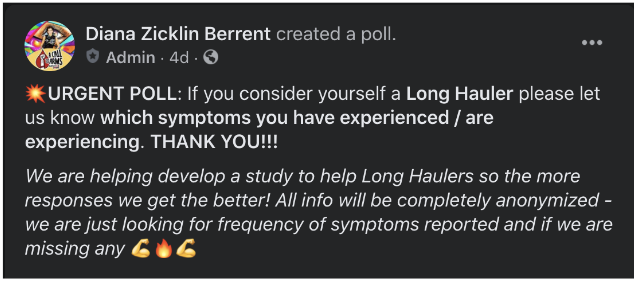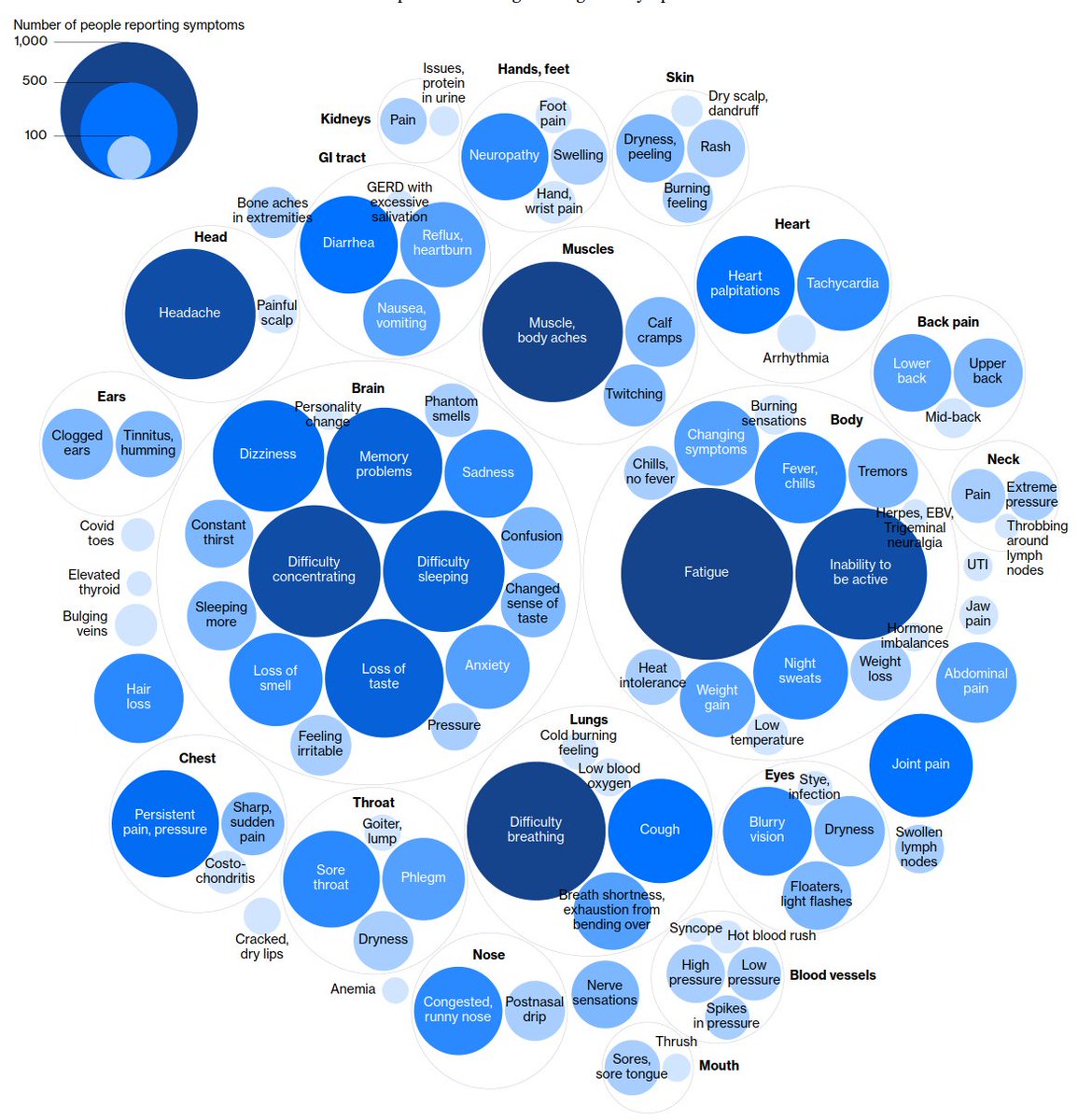
A common feature of the epidemic modeling that was done to justify untargeted containment efforts was an assumption that transmission reductions could be maintained as long as necessary; e.g, that successive lockdowns would be as effective as the 1st.
1/10
nytimes.com/2020/10/17/us/…
1/10
nytimes.com/2020/10/17/us/…
In our article with @ChikinaLab in March, we called for epidemic modelers to make explicit their assumptions about the time-frame on which mitigations would be necessary (for example, so that the correctness of the assumptions could be discussed). 2/10
medium.com/@wpegden/a-cal…
medium.com/@wpegden/a-cal…
We suggested that maintaining suppression efforts on a timescale of years would take "extraordinary compliance" from the public.There does not seem to have been enough of a realistic appraisal of the durability of this compliance, or the timescale on which it would be needed.3/10 

There are different lessons you could take from the realization that compliance with mitigations is a limited resource. They all involve view the early time-frame of the pandemic as an exceptionally valuable one from the standpoint of having an effect on outcomes. 4/10
This is the period when policy can have the greatest impact, for example, on the age-distribution of the population that will eventually have immunity from previous infection.
It is also a timeframe which could be used to deploy other measures, like test+trace or other... 5/10
It is also a timeframe which could be used to deploy other measures, like test+trace or other... 5/10
infrastructure, sufficient to control the epidemic even without high levels of compliance from the public.
But it's not just enough for these things to be better than nothing; they have to be good enough to work with a *sustainable* level of compliance from the public. 6/10
But it's not just enough for these things to be better than nothing; they have to be good enough to work with a *sustainable* level of compliance from the public. 6/10
But evaluating pandemic response from a framework where compliance itself was a limited resource never took off.
Certainly, when we don't have good reason to believe that new developments will soon make containment sustainable without great sacrifice, ... 7/10
Certainly, when we don't have good reason to believe that new developments will soon make containment sustainable without great sacrifice, ... 7/10
we find ourselves in a regime where age-targeted measures, which have a powerful effect on mortality in the face of future transmission increases (accounting for realistic contact patterns), may well be the best option to reduce mortality. 8/10
journals.plos.org/plosone/articl…
journals.plos.org/plosone/articl…
Better options may well exist.
But the case that an alternative is better involves realistic assessments of the durability of compliance, of the timeframe on which the alternative can be deployed, and of the likelihood the alternative will suffice to contain the epidemic. 9/10
But the case that an alternative is better involves realistic assessments of the durability of compliance, of the timeframe on which the alternative can be deployed, and of the likelihood the alternative will suffice to contain the epidemic. 9/10
The new waves of infection we see in Europe and the US will eventually come down, controlled either by immunity or new mitigations.
When they do come down, we should do what we should have done in the spring; think about our options with a realistic view of the future. 10/10
When they do come down, we should do what we should have done in the spring; think about our options with a realistic view of the future. 10/10
• • •
Missing some Tweet in this thread? You can try to
force a refresh




